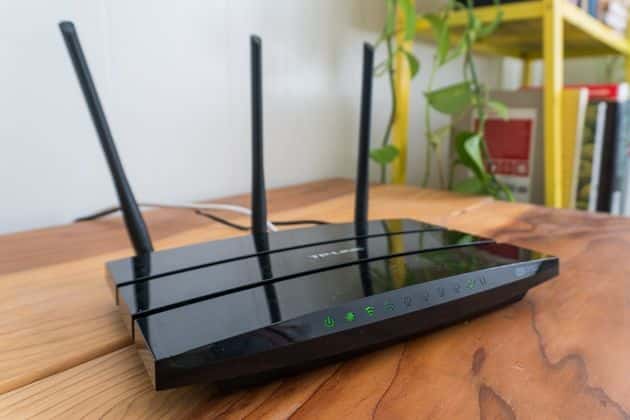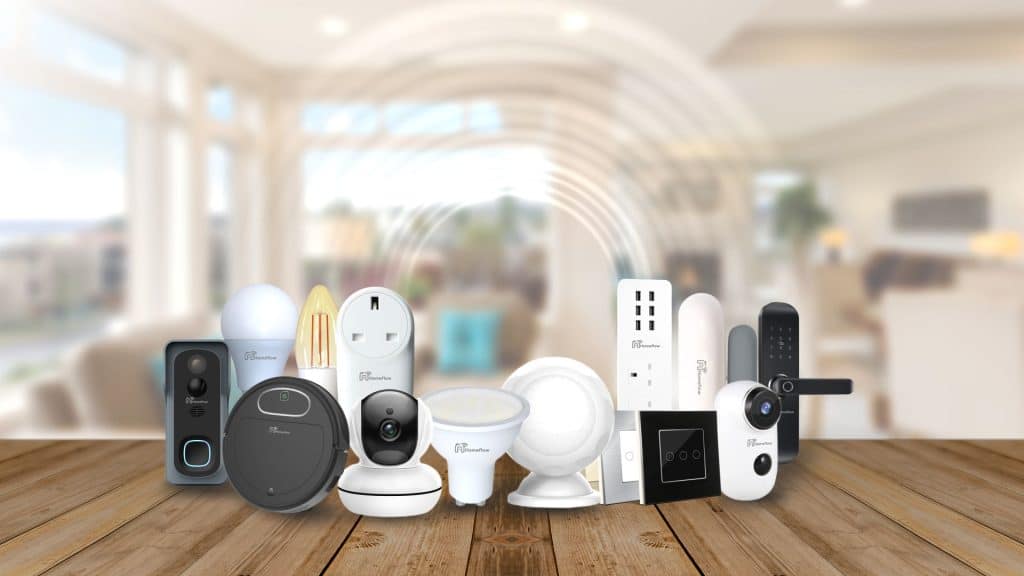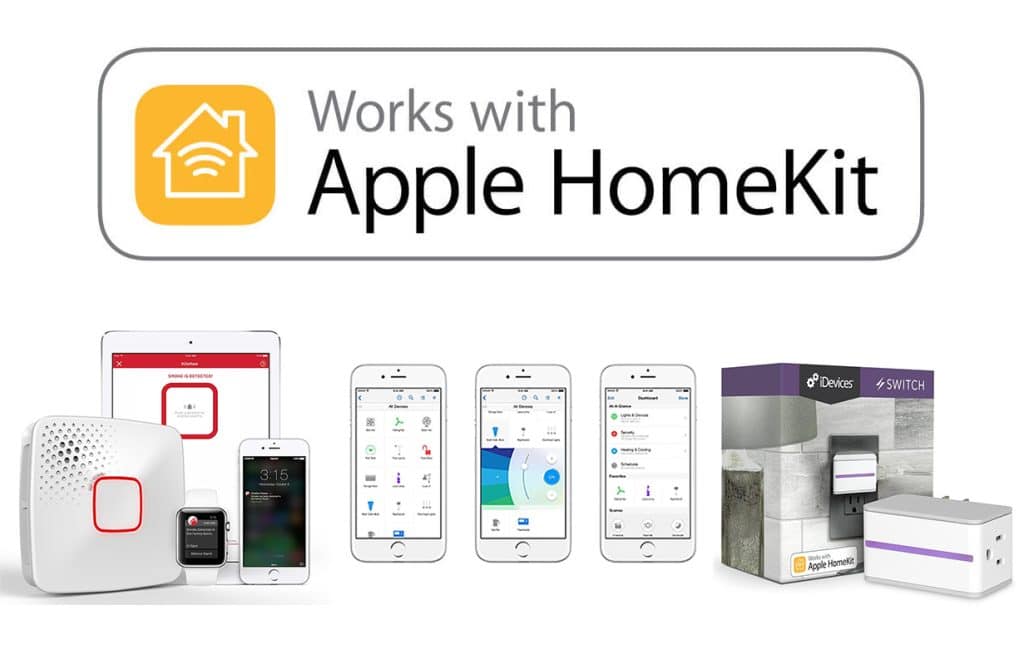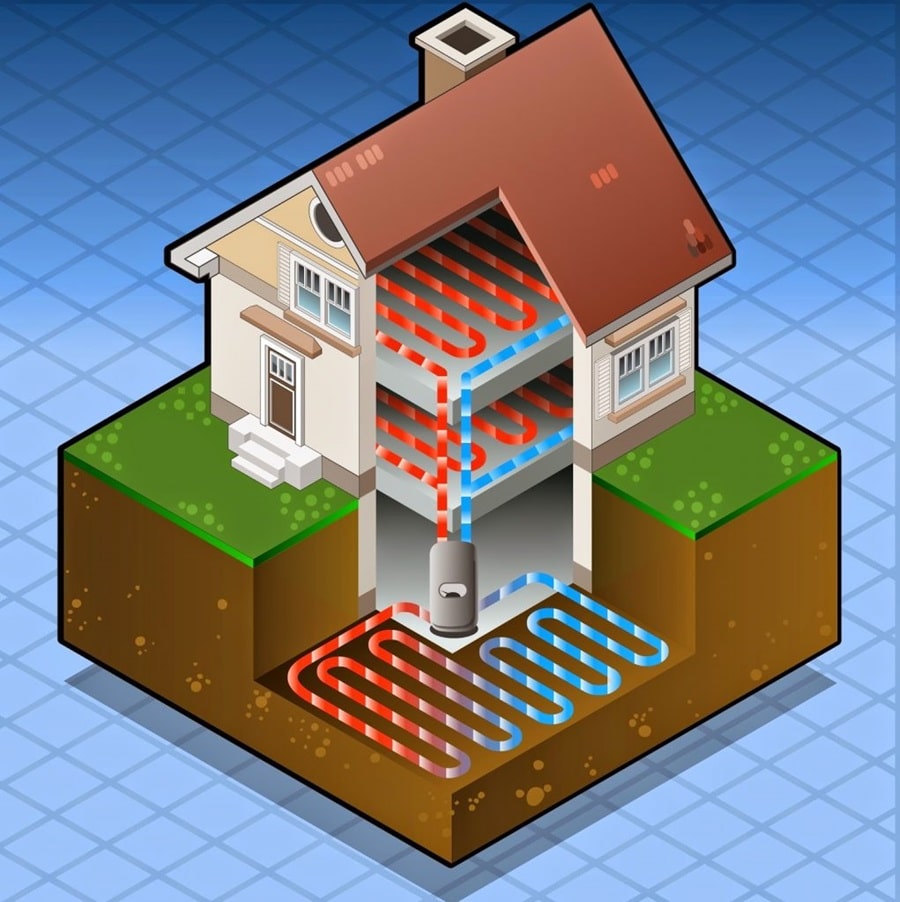In an era where technology seamlessly integrates into every aspect of our lives, the allure of transforming a traditional home into a smart home has become increasingly irresistible. This comprehensive guide delves into the essentials of building a smart home network, ensuring that every reader, from tech enthusiasts to novices, can easily navigate the complexities. Homeowners can create a smart ecosystem that enhances convenience, efficiency, and safety by prioritizing a robust network foundation, selecting the right smart devices, and emphasizing security.
Contents
- 1 Choosing the Right Infrastructure
- 2 Selecting Smart Devices
- 3 Implementing Security and Privacy Measures
- 4 Creating a Unified Ecosystem
- 5 Ensuring Network Scalability and Flexibility
- 6 Integrating Smart Home Automation
- 7 Maintaining and Upgrading Your Smart Home Network
- 8 Exploring the Future of Smart Homes
- 9 The Bottom Line
Choosing the Right Infrastructure

The backbone of any smart home is its network infrastructure, which demands careful consideration to ensure seamless connectivity and performance. Opting for a dual-band Wi-Fi router can significantly enhance the network’s reliability, catering to both the high bandwidth requirements of streaming devices and the lower bandwidth needs of basic smart home gadgets. Moreover, incorporating a mesh Wi-Fi system can eliminate dead zones, ensuring that every corner of your home enjoys strong and stable connectivity. This foundational step is crucial in preempting the challenges of a growing smart home ecosystem, where the addition of devices should not compromise the network’s efficiency.
Furthermore, the decision between wired and wireless connections plays a pivotal role in the network’s performance. While wireless connections offer flexibility and ease of installation, wired connections, particularly Ethernet, provide unmatched stability and speed, essential for devices requiring constant, high-speed internet access. Balancing these options based on your home’s specific needs and layout can significantly enhance your smart home experience.
Selecting Smart Devices

Embarking on selecting smart devices can be as exhilarating as it is overwhelming, given the many options available. Central to this process is identifying devices that align with your lifestyle and preferences and integrate seamlessly with your existing ecosystem. Smart speakers and voice assistants are the cornerstone of most smart homes, offering unparalleled convenience in controlling various devices through simple voice commands.
Equally important is the selection of smart lighting solutions, which contribute to the aesthetic appeal of your home and offer energy efficiency and the convenience of remote control. Whether setting the mood for a dinner party or automating lights to simulate occupancy while you’re away, smart lighting systems are a fundamental component of the modern smart home.
Implementing Security and Privacy Measures

As the smart home ecosystem expands, so does the surface for potential security vulnerabilities. Implementing robust security measures is not just an option but a necessity to protect your digital and physical privacy. This includes securing your Wi-Fi network with strong, unique passwords and considering the adoption of a Virtual Private Network (VPN) to encrypt data transmission, safeguarding against unauthorized access.
Moreover, investing in a comprehensive smart home security system, encompassing smart locks, cameras, and alarm systems, can offer peace of mind. These systems deter potential intruders and provide real-time monitoring capabilities, ensuring that homeowners can keep a vigilant eye on their premises, regardless of their physical location.
Creating a Unified Ecosystem

The true magic of a smart home lies in its ability to create a cohesive, integrated experience where devices communicate and work together harmoniously. Achieving this requires carefully selecting devices compatible with a common platform, whether Apple HomeKit, Google Home, or Amazon Alexa. This unified approach simplifies the control and management of your smart home and enhances the potential for automation, allowing for personalized scenarios and routines that adapt to your lifestyle.
In addition, embracing open standards and interoperability can future-proof your smart home, ensuring that it remains adaptable and expandable as new technologies emerge. This strategic foresight can save homeowners from the pitfalls of vendor lock-in, granting them the flexibility to incorporate innovative solutions as they become available.
Ensuring Network Scalability and Flexibility

As smart homes evolve, the network must support the increasing number of devices and the data they generate. Ensuring network scalability is vital, requiring homeowners to anticipate future needs and opt for networking equipment to accommodate growth. This may involve upgrading to more powerful routers, adding additional mesh nodes, or even considering advanced networking solutions like Wi-Fi 6, which offers improved speed, capacity, and efficiency.
Flexibility is equally important, allowing for adjustments and expansions without compromising the integrity of the smart home network. This includes easily adding or replacing devices, updating software, and modifying settings to enhance functionality or address emerging security threats. A scalable and flexible network is the cornerstone of a smart home that can adapt to changing technologies and homeowner needs.
Integrating Smart Home Automation

The next frontier in smart home technology is automation, where devices respond to commands, anticipate needs, and take action autonomously. Integrating smart home automation involves setting up scenarios or routines that enable devices to operate based on specific triggers, such as time of day, presence detection, or even the actions of other devices. For instance, a morning routine could automatically raise the blinds, adjust the thermostat, and start the coffee maker, all before you even step out of bed. This level of automation enhances convenience and contributes to energy efficiency, as devices can adjust their operation based on actual usage patterns and preferences.
Moreover, the advent of artificial intelligence (AI) and machine learning in smart home devices has paved the way for systems that learn from your habits and adjust their behavior accordingly, further personalizing the smart home experience. As these technologies evolve, the possibilities for automation and intelligent operation will expand, making the smart home a collection of connected devices and a truly intuitive living space.
Maintaining and Upgrading Your Smart Home Network

Maintaining and periodically upgrading your smart home network is crucial to ensuring its longevity and relevance. Regular software updates are vital, as they often contain security patches, performance improvements, and new features that enhance device functionality. Homeowners should stay informed about the latest developments in smart home technology, as upgrading key components of the network or devices can significantly enhance performance and introduce new capabilities.
The smart home ecosystem should also be regularly reviewed for potential security vulnerabilities or compatibility issues, especially as new devices are added. This proactive approach can help mitigate risks and ensure that the smart home remains a safe, secure, and efficient environment.
Exploring the Future of Smart Homes

The future of smart homes is brimming with potential, as emerging technologies promise to further blur the lines between digital convenience and physical comfort. Innovations such as augmented reality (AR) for smart home control, more sophisticated AI-driven personal assistants, and the integration of renewable energy sources point towards an era where the smart home manages itself and contributes positively to the well-being of its occupants and the environment.
Furthermore, integrating smart homes into broader smart city initiatives could revolutionize how we live, enabling more sustainable living practices, enhanced security, and even better health outcomes through environmental monitoring and personalized health recommendations. As these technologies mature, the smart home will become an even more integral part of our daily lives, offering new ways to interact with the world.
The Bottom Line
The journey to building and maintaining a smart home network is both exciting and challenging, offering endless opportunities to enhance daily living. From the foundational network infrastructure to the integration of advanced automation and AI, each step brings us closer to a future where our homes are not just where we live but partners in our quest for a more convenient, efficient, and secure lifestyle. As technology continues to evolve, so will the possibilities for our smart homes, promising a future as intelligent as it is imaginative.



